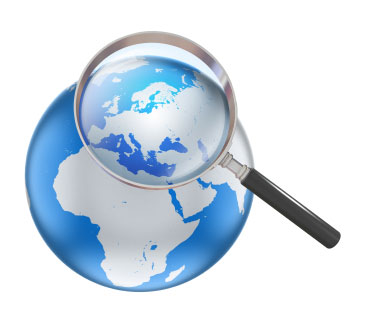China has been facing with the financial struggle since last 5 years. Its debt to Gross Domestic Product (GDP) is more than 3 times by mid 2017 according to Institute of International Finance (IIF).
Corporations are by far the biggest debtors, especially state-owned enterprises. China poses a great risk in itself with households accelerating their borrowing.
"The household debt-to-GDP ratio hit an all-time high of over 45 percent in the first quarter of 2017 —well above the Emerging Market average of around 35 percent. In addition, our estimates based on monthly data on total social financing suggest that China's total debt surpassed 304 percent of GDP as of May 2017," the IIF noted.
Growth in China has been propped up by rapid increases in debt in recent years.
“Nominal credit to the nonfinancial sector more than doubled in the last five years, and the total domestic nonfinancial credit-to-GDP ratio increased by 60 percentage points to about 230pc in 2016,” the IMF found.
Those debts are expected to rise to almost 300pc of GDP in 2022.
“Sustainable growth - growth that can been achieved without excessive credit expansion - was likely much lower than actual growth over the last five years,” the IMF’s analysts said.
Debts have been financed in part through increasingly “complex and primarily short-term funding structures… extending beyond deposit funding to interbank markets and wealth management products, and via complex and interlinked networks of entities,” the report said.
The extra debt in recent years has also been used poorly, the IMF believes, as the credit extended to industrial sectors, state-owned enterprises and in certain regions has not been matched by a rise in the value added by those borrowers, “suggesting that they are using credit relatively inefficiently”.
China now has one of the largest banking sectors in the world. At 310% GDP, China’s banking sector is above the advanced economy average and nearly three times the emerging market average.
Nonetheless, the country is exposed.








